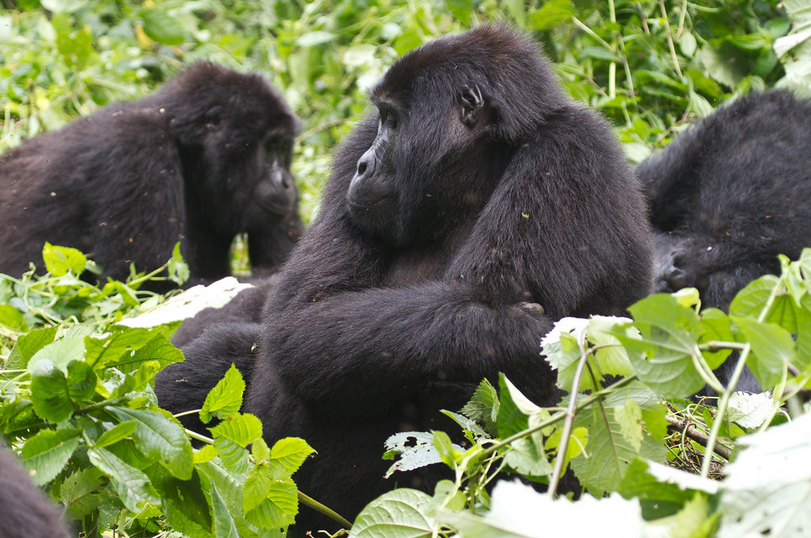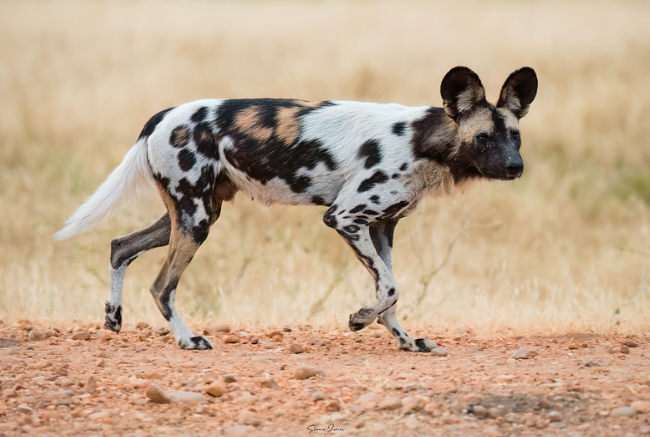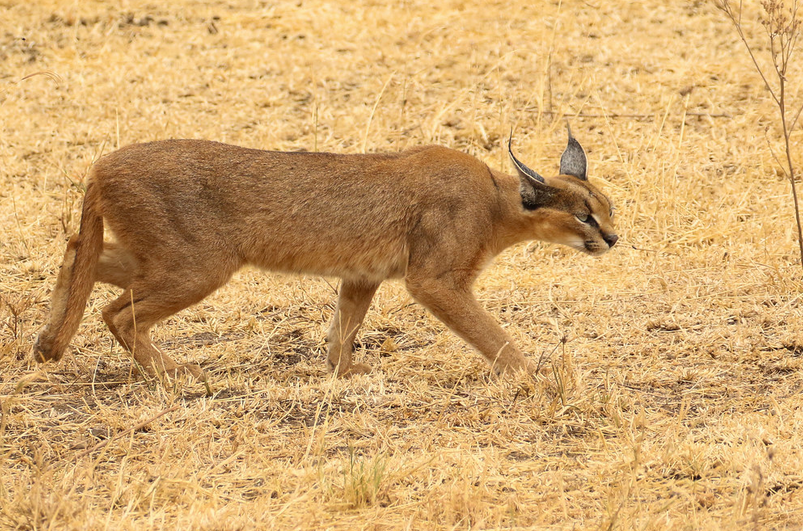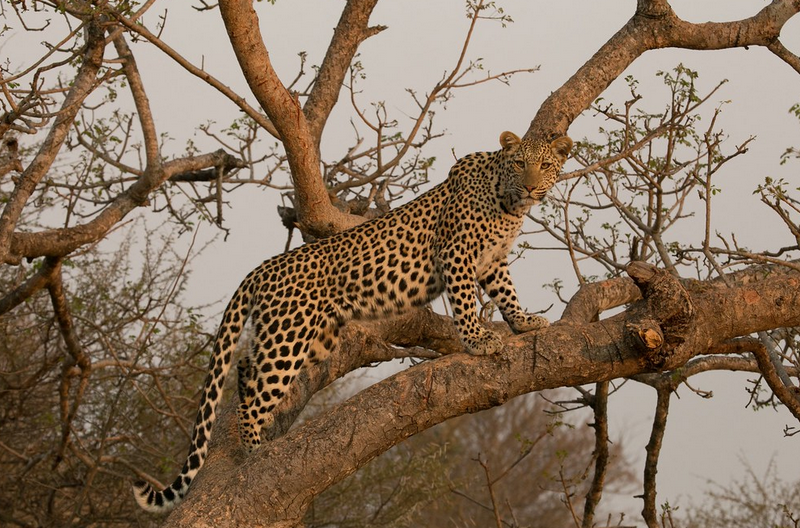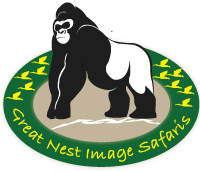Arusha National Park
Park Overview:
Arusha National Park: is the closest national park to Arusha town and covers Mount Meru, a prominent volcano with an elevation of 4566 m, in the Arusha Region of north eastern Tanzania. Despite the small size of the park, common animals include bushbuck, warthog, giraffe, zebra, elephant, Cape buffalo, the blue monkey, black and white colobus and many African animals. Leopard populations are present, but rarely seen. Birdlife in the forest is prolific, with many forest species more easily seen here than elsewhere on the tourist route like the Narina trogon, starling birds, turacos, bar-tailed trogon, flamingos and many others. The Park’s rolling grassy hills enclose the tranquil beauty of the Momela Lakes, their shallows sometimes tinged pink with thousands of flamingos, the lakes support a rich selection of resident and migrant waterfowl, and shaggy waterbucks display their large lyre-shaped horns on the watery fringes. Giraffes glide across the grassy hills, between grazing zebra herds, while pairs of wide-eyed dik-dik dart into scrubby bush like overgrown hares on spindly legs. Although elephants are uncommon in Arusha National Park, and lions absent altogether, leopards and spotted hyenas may be seen slinking around in the early morning and late afternoon.
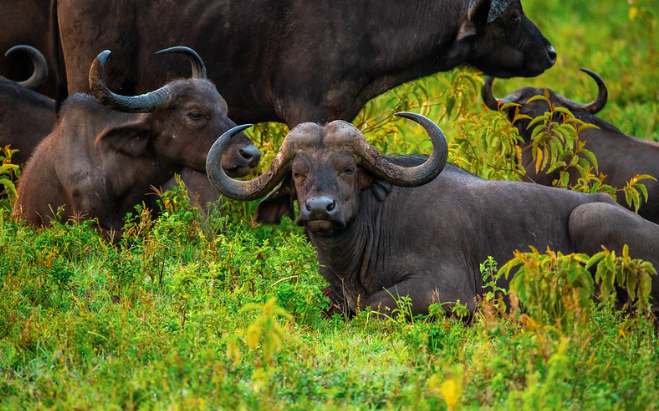
Arusha National Park
What to do and see in Arusha National Park
Attractions in the Park
Ngurudoto crater
This is one of the five beautiful volcanic calderas located inside the northern Tanzania region of Arusha, along with Ngorongoro, Maasai, Empakaai and Olmoti with an approximate depth of 300 metres and a diameter of 3.2km. However the floor of Ngurudoto is softer and otherwise unsuitable for driving on, leaving walking safaris as the only way of exploring it. The crater is surrounded by a rainforest that is teaming with wildlife.
Momela Lakes
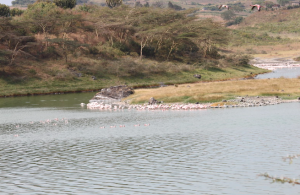
Momela Lakes are a chain of lakes found in northeast region of Arusha national park, this chain of lakes consists of 7 spectacular alkaline lakes formed as a result of volcanic debris from a huge explosion which blew away the top of Mount Meru about 250,000 years ago. Momela lakes are a great sites for Tanzania birding safaris as they are a habitant for numerous species of birds including the migrant greater pink flamingoes. Other bird species include; herons, shoe bill, pink flamingoes, Egyptian geese, guinea fowls, African fish eagles, African jacanas among others. Momela lakes include Big Momela, small Momela, El Kekhotoito, Kusare, Rishateni, Lekandiro and Tulusia. Momela lakes are fed by water from underground spring water and each lake has different water color ranging from green to turquoise. The different color of the lakes is because of the different mineral content in each lake, each lake has its own mineral composition making them different from each other and also different algae growing on the lakes.
Mini serengeti
Locally known as ‘Serengeti ndogo’ (swahili), the mini serengeti – is an open grassland inside Arusha national park where various animals come to graze including elephants, giraffes, buffaloes, Zebras, Warthogs, Waterbucks etc. It is the first attraction that you would see if entering the park using the Ngongongare gate especially if using the road to Momela. It is one of the few places inside the park where you would find an open grassland and its larger size and presence of animals is more than enough to give you that feel of being in Serengeti plains.
Uwanja wa mbogo (buffalos glade)
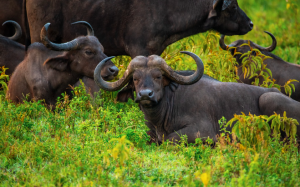
The buffalos glade is located a short distance west of the Momela gate on the north eastern part of Arusha national park. It is also on the foothills of Mount Meru and its one of the first attractions that hikers to its summit get to see, provided they began hiking at the gate. It also serves as a feeding ground for buffalos, giraffes and warthogs as well as a destination of walking safaris. One of the amazing things about the glades is how the buffalos and warthogs coexist, each depending on the other to ensure survival. The warthogs use the buffalo biomass to ward off some of its natural enemies, in return they use their good eyesight to warn the buffalos of an impending enemy threat by running while holding their tails up in the air, a phenomenon that can be observed as one walks towards the glade. Buffalos also tend to feed on long grass, making it shorter and more accessible to warthogs who are adapted to feeding while resting on their knees.
Kilimanjaro view point (Arusha)
The Kilimanjaro view point is located on the slopes of mount meru, of Arusha – Tanzania and also within the Arusha national park. Found in the early stages of the journey to Maio waterfalls, the site sits on a patch of ground contoured like a natural observation deck, protruding from the mountain’s side and with a rapidly sloping hillside on all but the entrance side. Thus making it one of the rare spots in the montane forest zone where one could enjoy a 360 degree view of the park, including the peak of mount Meru.
Fig Tree Arch
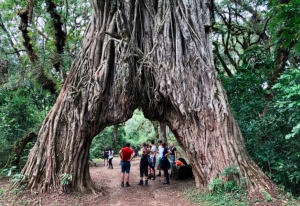
Fig Tree Arch in Arusha national park is an arch-shaped tree with an arch large enough for a tree or an elephant to pass through, fig tree is a spectacular photo point in Arusha national park offering many angles of amazing pictures such as standing under it or with your head of your safari vehicle while under the tree. The Fig Tree grew from parasitic tree dropped by foraging birds and it is visited while on a Tanzania hiking safari to the Tululusia waterfalls.
Ngurudoto museum
The Ngurudoto museum is located on the eastern part of Arusha national park, next to the Ngurudoto crater with much of the vegetation around it consisting of that which is found in a rainforest. This museum was dedicated to showcasing the different types of animals that are found inside the Ngurudoto crater. It contains taxidermy, skeletons, remains along with other information about these animals and serves as a good place to learn about them before actually heading out to the crater. The museum also has a souvenir shop, modern flushing toilets, a small car park as well as a rangers post next to it, complete with quarters. The area around it is home to several plant species, with some of these having a plaque on them detailing their information.
Wildlife
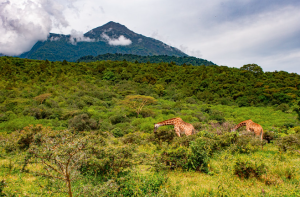
Arusha National Park is ranked among the best destination to visit during a Tanzania wildlife safari in the northern safari circuit of Tanzania, the park is a home to a variety of wildlife species found in the various regions of the park such as the Ngurudoto crater (Little Ngorongoro), along the banks of Momella lakes, little Serengeti (Serengeti Ndogo) and Ujambo Wa Mbogo “buffalos glade”. Animals found in Arusha national park include giraffes, waterbucks, dik-diks, duikers, zebras, leopards, lion, spotted hyenas, elephants, bush pigs, red duikers, warthogs, hippos, black and white colobus, blue monkeys among others.
Cave waterfall
The cave falls are located just a short distance inside the Arusha national park and thus a TANAPA – zone. They are also just a short distance from the city of Arusha and in a rural area on the slopes of mount Meru, although there is no climbing route on this side (yet). Nearby are a few villages, a pine tree plantation as well as a water treatment plant for AUWASA and as it is at a high altitude, most mornings are foggy and the vegetation is almost always evergreen. They also serve as one of the tourist attractions in the region but there are some strict regulations regarding visitations to the area – requiring a special permit from AUWASA or the use of a tours and travels company. The water comes from a small river that originates higher up in the mountain, before reaching the top of the cave and falling over 30 metres into a small plunge pool, before being carried off down the mountain. These falls are narrow, much like water from a tap making a constant but loud gushing sound as it hits the plunge pool.
Birds
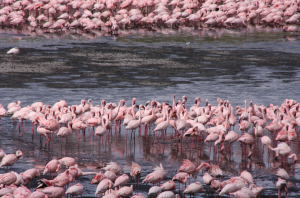
This park is an outstanding Tanzania birding safari destination boosting over 400 bird species recorded to live in the park, the birds in the park include forest species, raptors, water birds and migratory bird species. Birds found in Arusha national park include pink hued flamingoes, African fish eagle, African olive pigeon, Silvery-cheeked hornbill, Egyptian goose, Augur buzzard, Bar-tailed trogon, Bearded vulture, Black saw-wing, Cinnamon-chested bee-eater, Great crested grebe, Hammerkops, white browed coucals, bronzy sunbirs, pied Avocet, red billed oxpeckers, great headed bush shrikes, pelicans, golden eagles, yellow billed storks, Hartlaub’s turaco, Little grebe, Narina trogon, Peregrine falcon, Red-fronted parrot, Scaly francolin, Southern Pochard, Tawny eagle, Verreaux’s eagle among others
How to get to the Park
An easy 40-minute drive from Arusha. Approximately 60 km (35 miles) from Kilimanjaro International Airport.
When to visit the Park
Wildlife viewing in Arusha National Park is good throughout the year but is at its best in the Dry season, from late June to October because it is then that the park animals gather in one place to drink in boreholes and rivers. Vegetation and less hence allowing for better wildlife viewing. The wet or rain season is in March to May. However, it is important to note that the rainy season brings life to the national parks and the scenery can be breathing. It is also in the wet season when migratory birds arrive from Europe and other parts of the world. It the breeding period for the birds and the parks have less crowds hence allowing for a more private tour. Unfortunately, the rain season causes park roads to get muddy and sometimes impassable in some areas.
Below are some of our tours to different destinations in the Country
1 Day Chimpanzee Ngamba Island Tour
1 Day Source of the Nile Jinja
2 Days Murchison falls national park
3 Days Lake Mburo national park safari
3 Days Murchison falls national park
3 Days Queen Elizabeth national park
4 Days Kidepo savannah wildlife safari
5 Days Queen & Bwindi Adventure safari
6 Days Uganda wildlife & primate safari
7 Days Uganda Adventure Safari
8 Days Gorilla & Wildlife safari
10 Days Gorilla & Adventure safari
14 Days Explore Uganda Adventure Safari
Request a Quote
Featured Tour Updates
Permit cost for gorilla trekking in Uganda
Permit cost for gorilla trekking in Uganda Permit cost for gorilla trekking in Uganda : Gorilla trekking is one...
The African Wild Dog
The African Wild Dog The African wild dog: (Lycaon pictus) also known as the African painted dog or Cape...
The Caracal (Felis caracal)
The Caracal (Felis caracal) The Caracal (Felis caracal): is a medium-sized wild cat that can run up to 50...
African Leopards (Panthera pardus)
African Leopards (Panthera pardus) African Leopards (Panthera pardus) : are one of the most feared but respected animals in...


